Lempa - Lakkoi prehistoric settlement. Things to do in Paphos.
The Chalcolithic village
Two of the most representative prehistoric settlements of the Chalcolithic period are located in the southwest of Cyprus, in the Paphos district. These are the settlements of Lempa - Lakkoi and Kisonerga - Mosfilia.
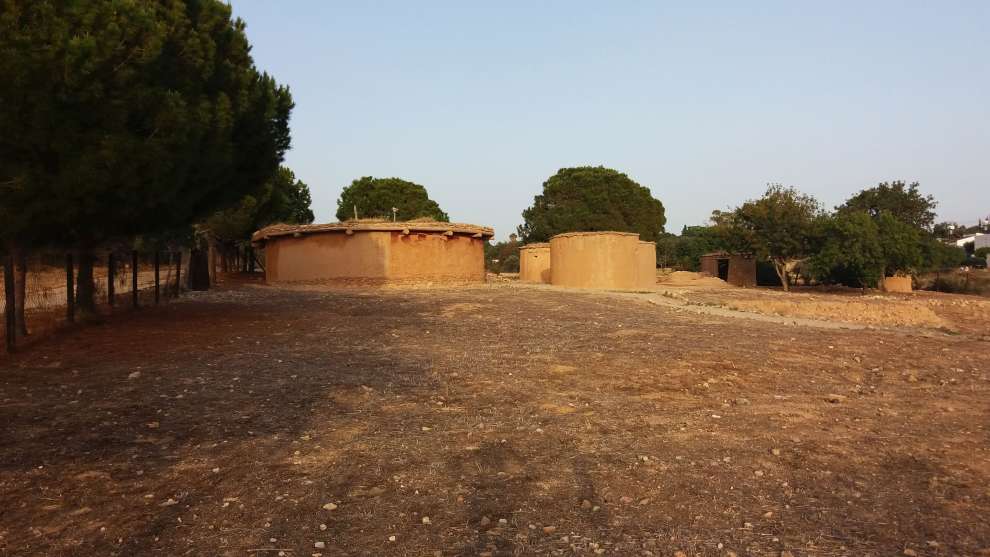
The Lempa settlement is dated to the late Chalcolithic period (3.500 - 2.400 BC) while Κissonerga was occupied from the Aceramic Neolithic period to the early Bronze Age (6.200 - 2.300 BC). One characteristic element of these prehistoric villages is the dense clusters of mainly circular structures with a diameter of 3 - 16m.
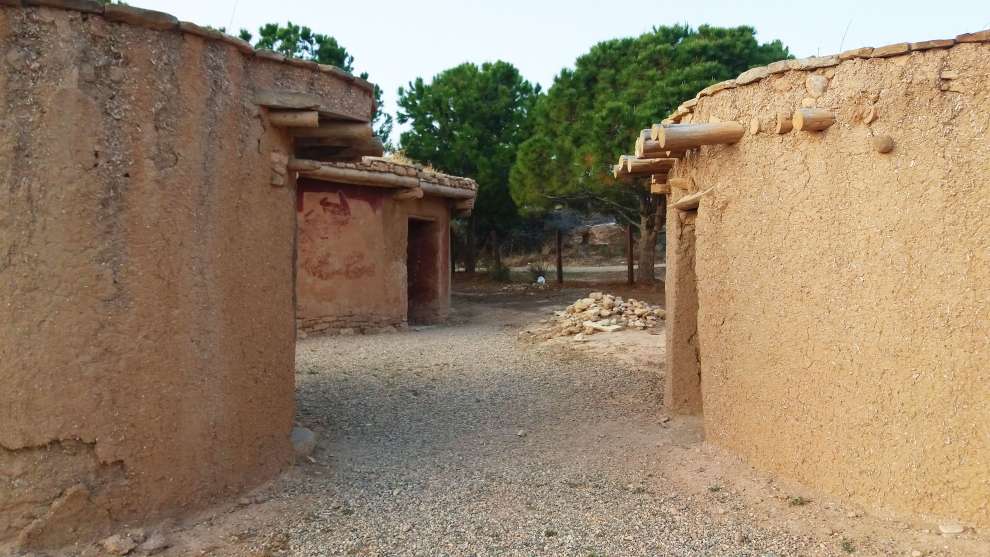
The excavations at Lempa - Lakkoi brought to light the remains of seven structures, three of them preserving in good condition their stone foundations. In the two larger structures a central hearth was discovered made of stones covered with a lime plaster, while in the floor there were post holes which supported the roof. These three buildings are probably parts of the same domestic complex, presenting different rooms of the same house rather than three different houses.
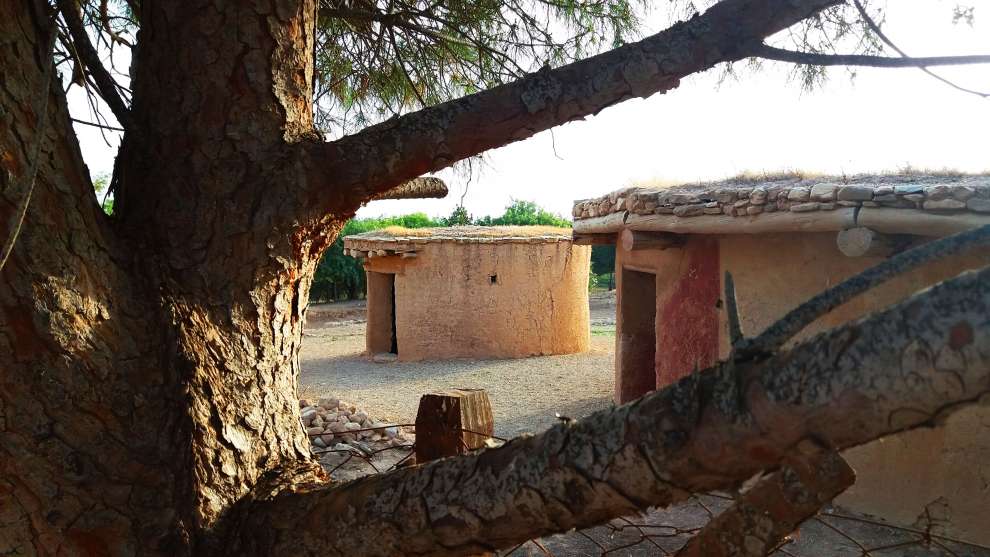
The inhabitants drawing inside their houses at walls for decoration.
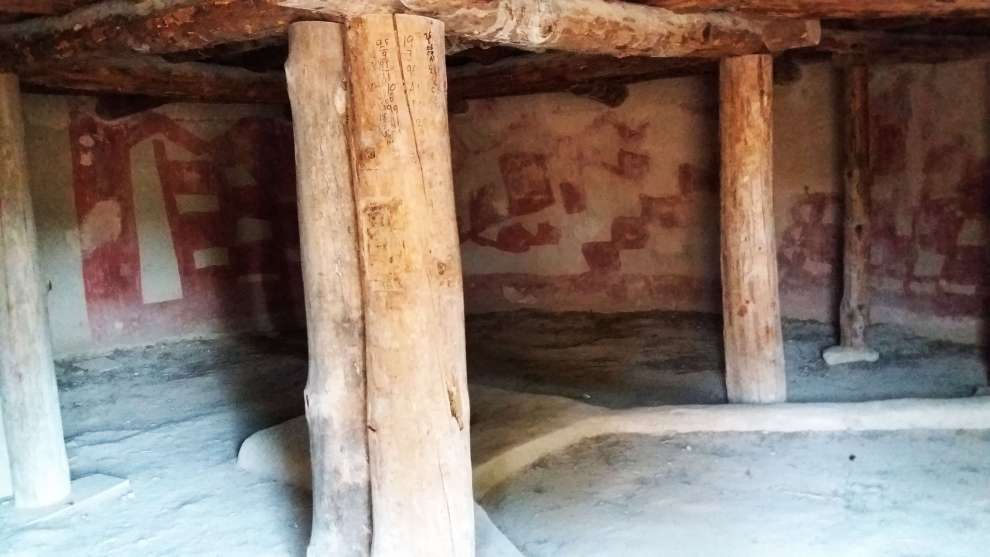
Also a skull at the top of their roof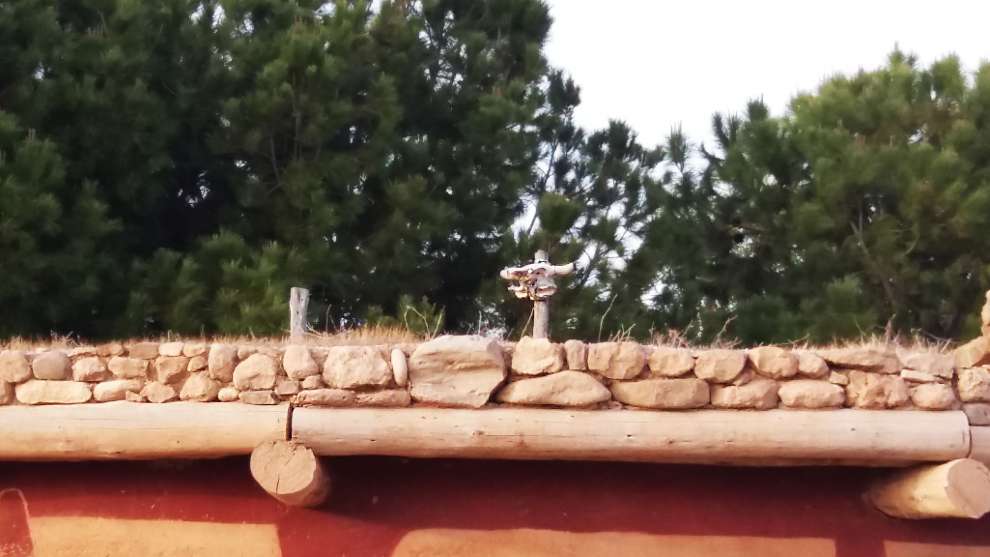
Near the houses, a significant number of pit-shaped tombs were excavated. The dead were buried in a contracted position. The majority of the skeletons were children and infants, which may indicate that some adults were buried in a different location far away from the settlement. The scarce tomb offerings, one or two in each tomb, consist, mainly of pendants or small figurines, suggesting that there was already belief in the afterlife.
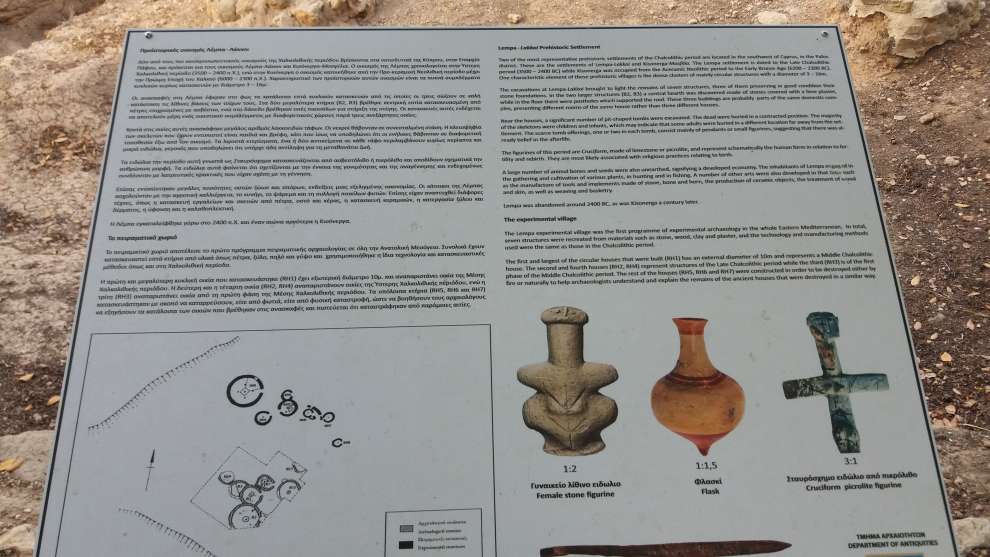
The figurines of this period are Cruciform, made of limestone or picrolite, and represent schematically the human form in relation to fertility and rebirth. They are the most likely associated with religious practices relating to birth.
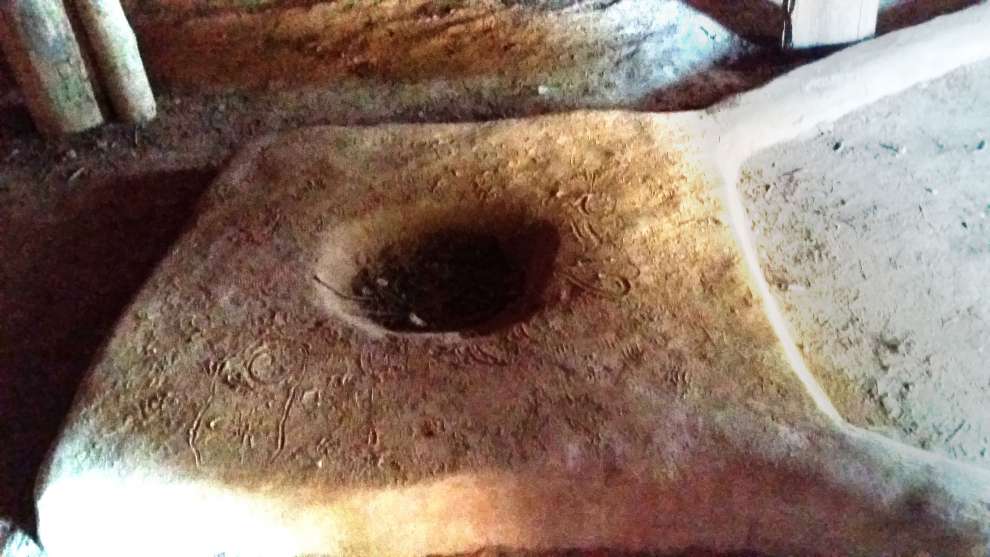
A large number of animal bones and seeds were also unearthed, signifying a developed economy. The inhabitants of Lemba engaged on the gathering and cultivation of various plants, in hunting and in fishing. A number of other arts were also developed in that time such as the manufacture of tools and implements made of stone, bone and horn, the production of ceramic objects, the treatment of wood and skin, as well as weaving and basketry.
Lempa was abandoned around 2400BC, as was Kisonerga a century later.
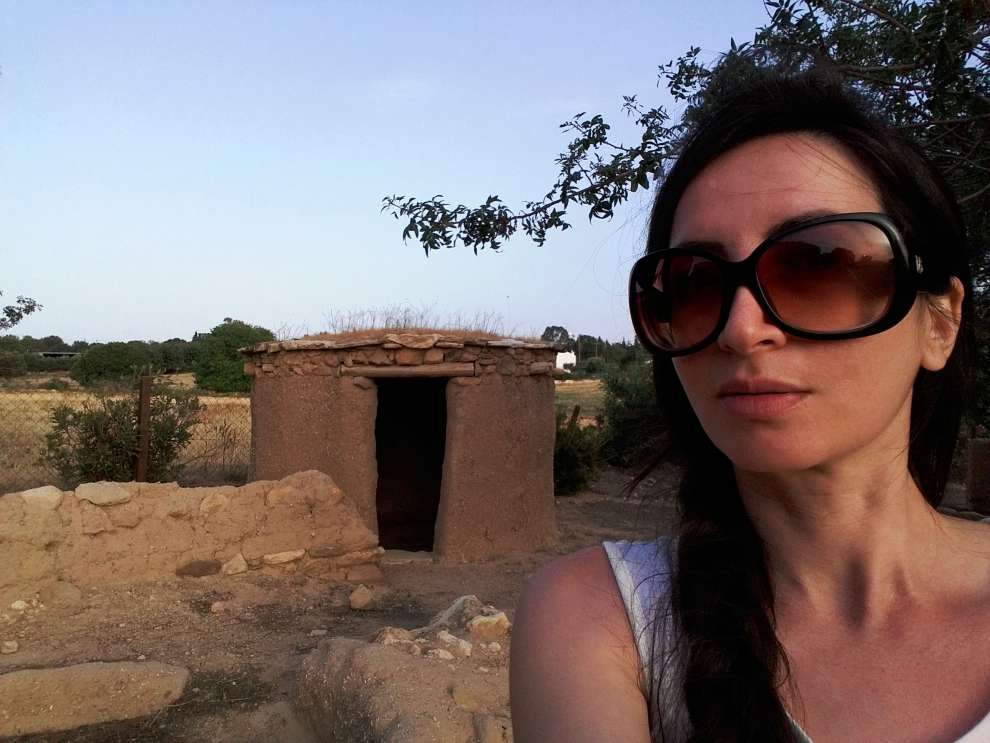
The experimental village
The Lempa experimental village was the first programme of experimental archeology in the whole Eastern Mediterranean. In total, seven structures were recreated from materials such as stone, wood, clay and plaster, and the technology and manufacturing methods used were the same as those in the Chalcolithic period.
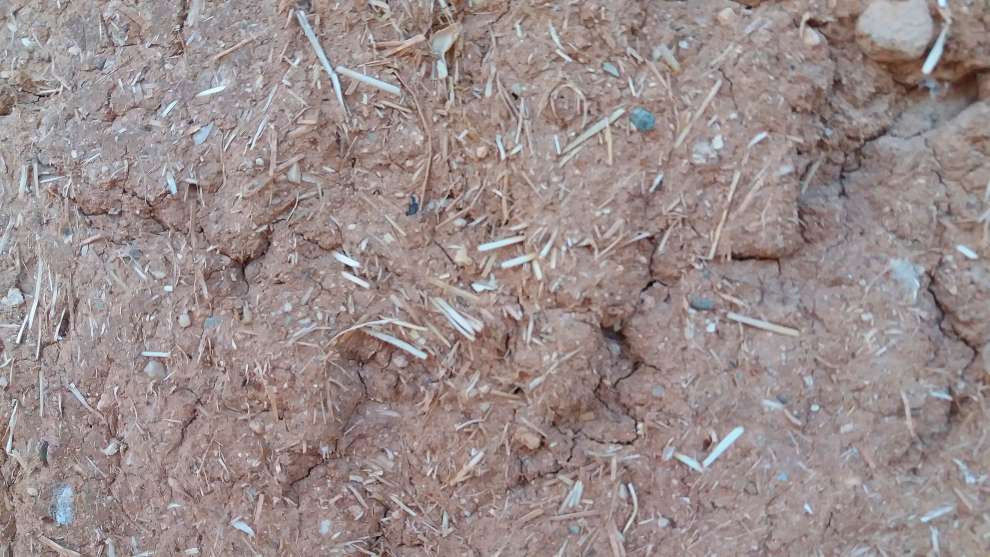
The first largest of the circular houses that were built has an external diameter of 10m and represents a Middle Chalcolithic house. The second and fourth houses represents structures of the Late Chalcolithic period while the third is of the first phase of the Middle Chalcolithic period.
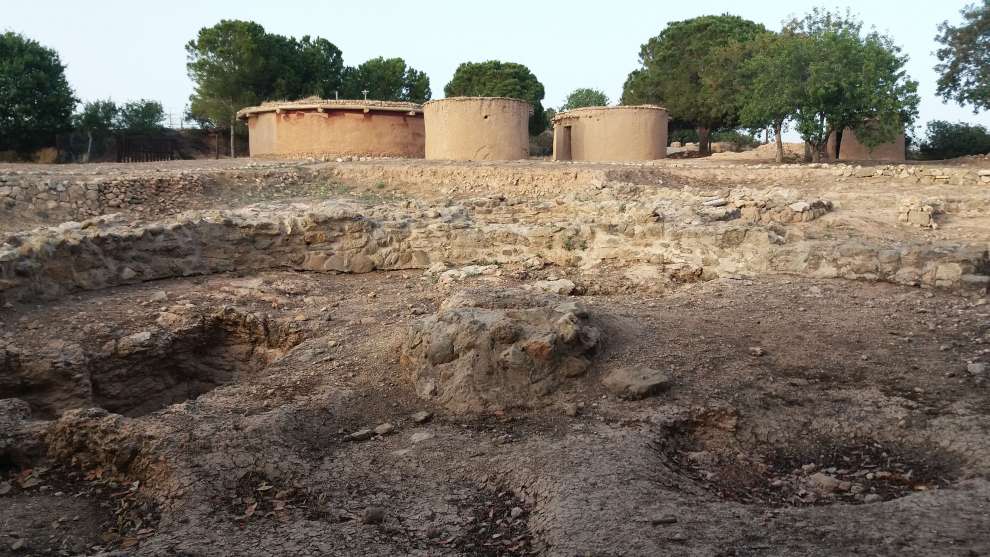
The rest of the houses were constructed in order to be destroyed either by fire or naturally to help archeologists understand and explain the remains of the ancient houses that were destroyed in a similar way.

Don't miss near the settlement of Lempa, the Pithos House of Kisonerga. Click here to learn more

 English
English
 Ελληνικά
Ελληνικά Русский
Русский




























 Posted by
Christina Nicolaou
Posted by
Christina Nicolaou






